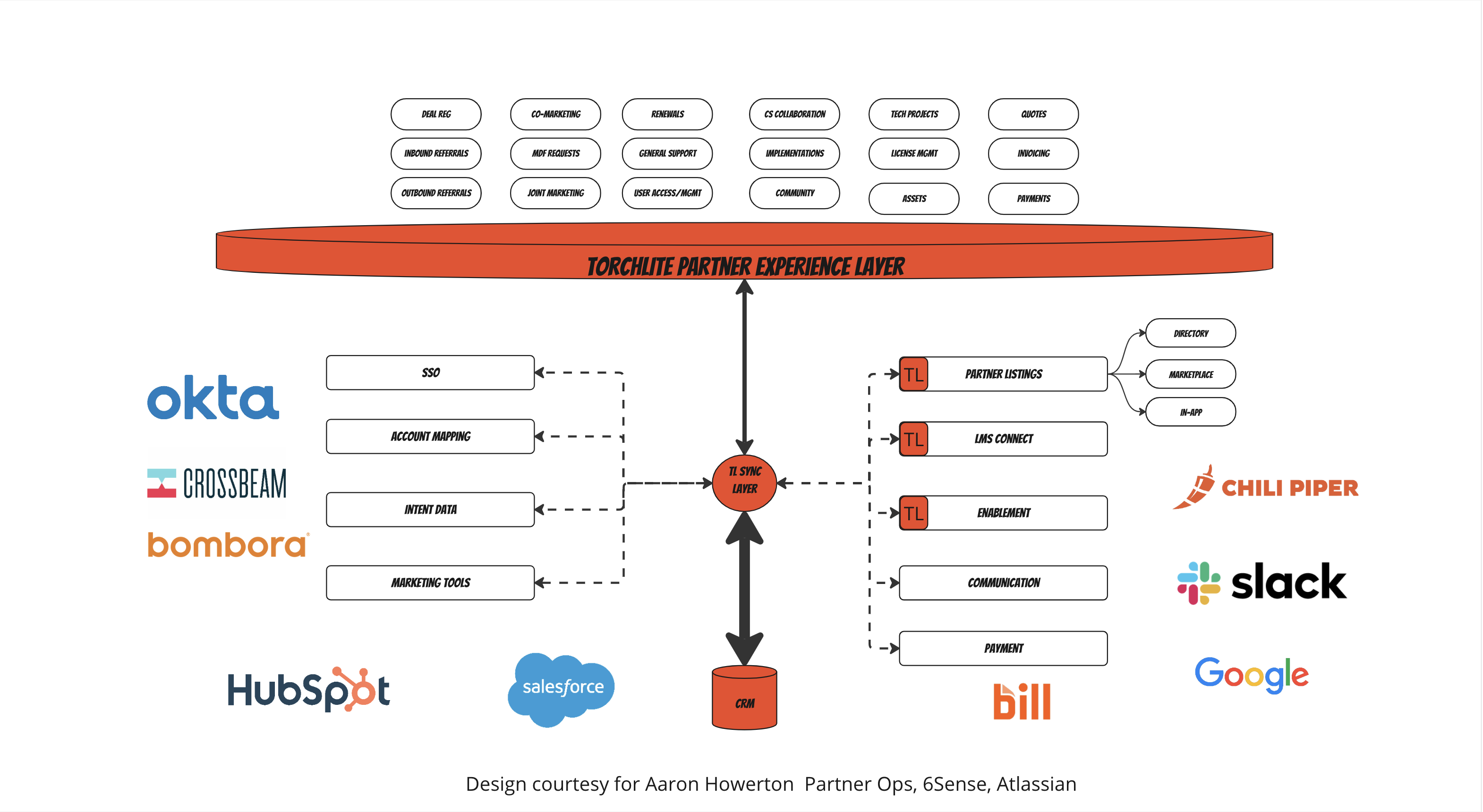What is the difference between a CRM and PRM?
The biggest difference is that CRMs (customer relationship managers) focus on customers, whereas PRMs (partner relationship managers) focus on business partners. Both roles want to improve communication, data analysis, and success attribution, albeit in separate parts of the business. However, building partner relationships requires completely different tools and processes than customer relationships, especially because businesses can form many types of relationships—resellers, distributors, and affiliates, to name a few.
While the difference between PRM and CRM is just one word—“customer” versus “partner”—that one word is worth a thousand changes in process. And knowing the distinct processes for partner management is crucial to maintaining successful relationships with other organizations. Read on to learn more about PRM and its meaning in business—including some tools to help get you started on the right track.
What Is PRM in Business?
PRM (partner relationship management) is the process of overseeing and facilitating business relationships with one or more partners. Organizations form “partner programs” to outline their reasons for working together, set their metrics for success, and determine their means for tracking said success. The PRM process includes everything from that initial agreement onward, ensuring that all partners in an agreement are successful—and can objectively monitor their progress as the relationship evolves.
For a partnership to flourish, some critical components must exist; clear communication, ROI tracking, and organizing multiple channels of information are just a few. How each of these components is carried out vary for each partner—especially because there are many types of partner programs. For example, a distributor partnership will look vastly different from a reseller partnership, as each has a unique set of goals and tracks success with different metrics. These differences become even more nuanced when you consider specific businesses, as not every distributor has the same goals.
What Does Partner Relationship Management in Marketing Look Like?
Certain types of partner programs focus on marketing, such as affiliates, co-marketers, or strategic partnerships where two companies combine their efforts. For these types of partnerships, it’s important to keep partners up to date on any products, campaigns, or marketing materials they might need to better coordinate each others’ approaches.
The partner program needs a place where each partner can communicate, share resources, and track progress in real time. Channel partner management software exists for this very purpose, replacing what would otherwise be a very disjointed process of managing multiple needs in multiple channels. Some businesses know this struggle very well, attempting to manage partnerships via email, spreadsheets, and other tools that don’t readily sync with each other.
For marketing specifically, agility is critical to success. Since marketers have to respond quickly to different trends, marketing-centric partnerships (such as affiliates and co-sellers) need to get on the same page—and stay there. Otherwise, they risk common marketing pitfalls such as inconsistent messaging between partners, or missed opportunities altogether. A PRM platform gives everyone a single source of truth and ensures no one is working with outdated marketing materials.
What Is PRM Software?
PRM software is a digital tool that simplifies, automates, and consolidates partner management into a single place. Rather than working with disconnected tools such as emails, spreadsheets, presentation platforms and accounting software, PRM solutions bring everything together into one single place.
Any PRM platform worth its salt will have the following features:
- Clear communication channels for one or more partners in a partner program
- Resource-sharing capabilities to pass along items such as training videos or marketing materials
- Financial tracking and reporting for better attribution and communication of ROI
- Integration with other common software solutions that aid the PRM process
- Mutual visibility for every partner involved, providing better transparency into the partnership
- Targeted intent data that clearly shows what’s working in the partnership and why

Torchlite: Simply Intelligent PRM Software
The best partner relationship management software should not only house everything required for partner management but have the ability to evolve alongside individual partnerships. Solutions like Torchlite come equipped for evolution, thanks to features such as account mapping, partner playbooks, and even customizable channels that mold to each partner’s needs. Torchlite also integrates with many other softwares—including common CRM platforms—to provide better visibility for both internal and external collaborators.
With the right solution, PRM doesn’t have to be a headache to handle. In fact, it can be as simple as a single word: Torchlite. Book a demo today and see how our software turns PRM into a breeze for both you and your partners. Communication, attribution, and reporting just got a lot simpler for your business.






